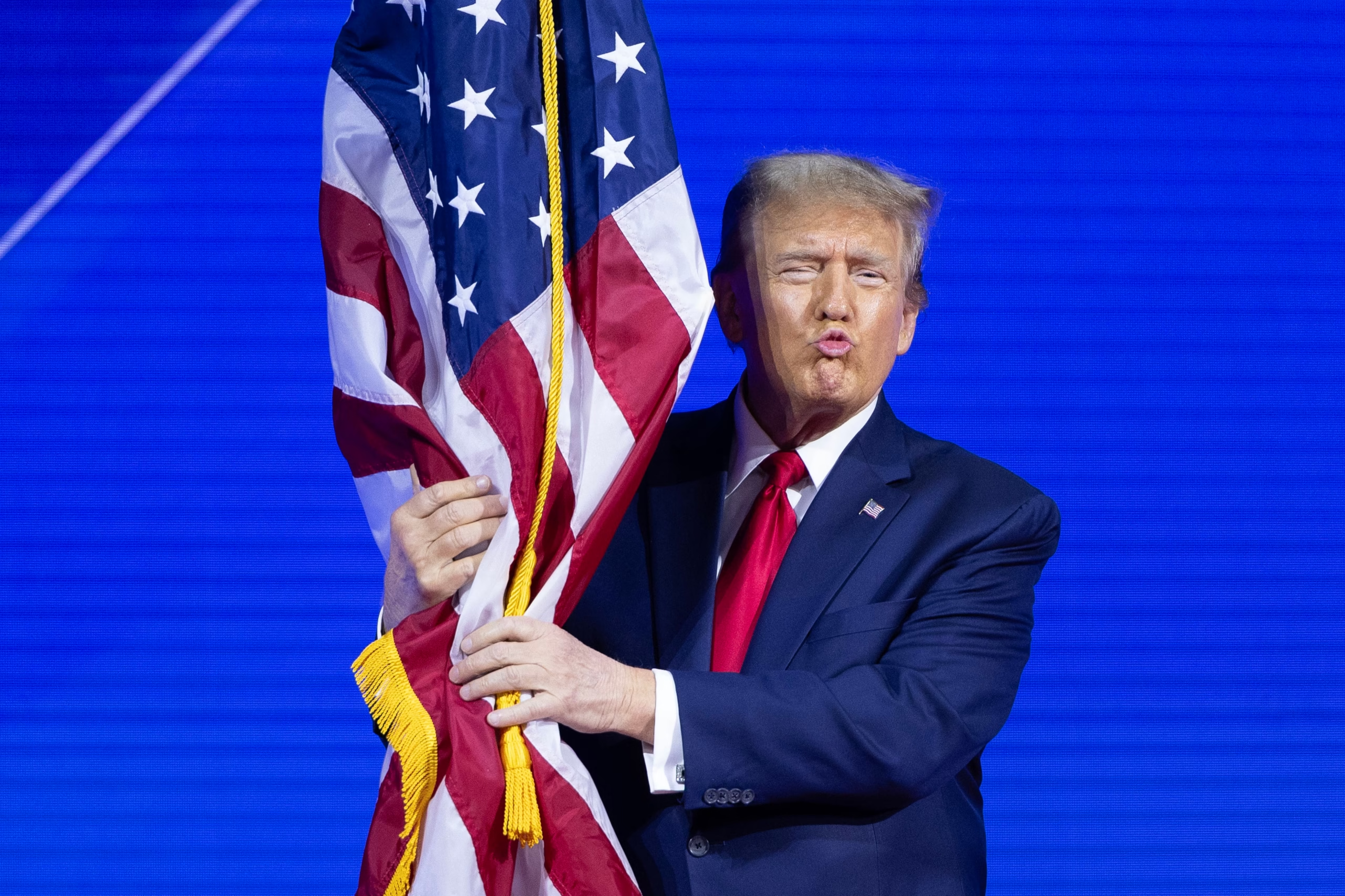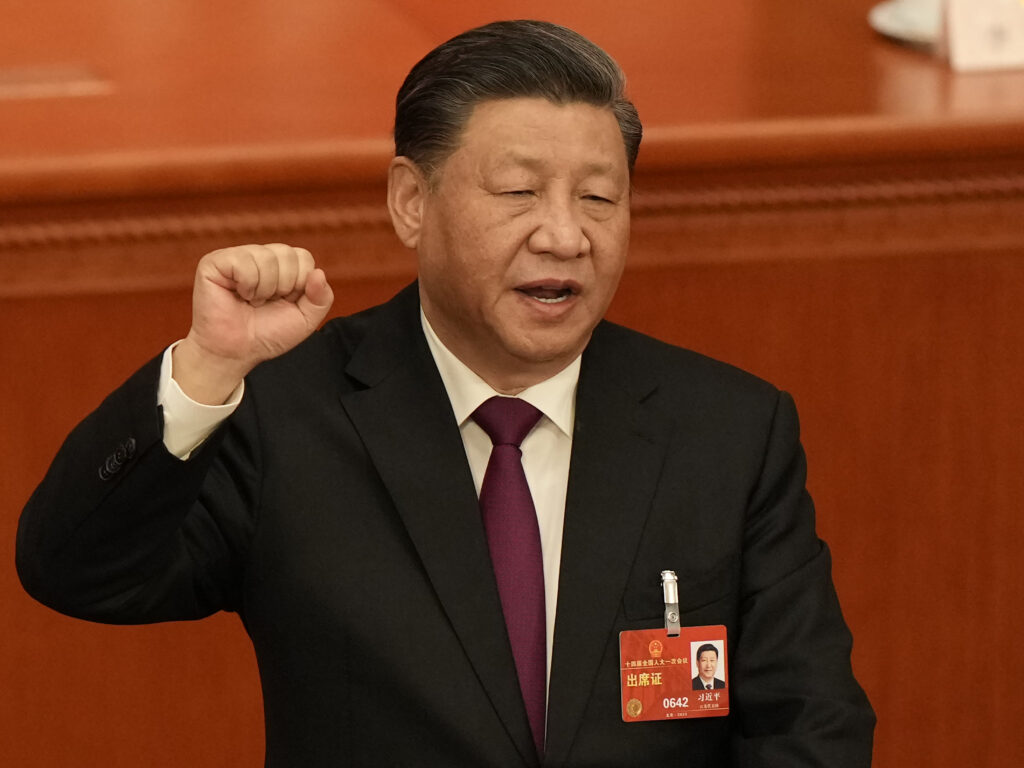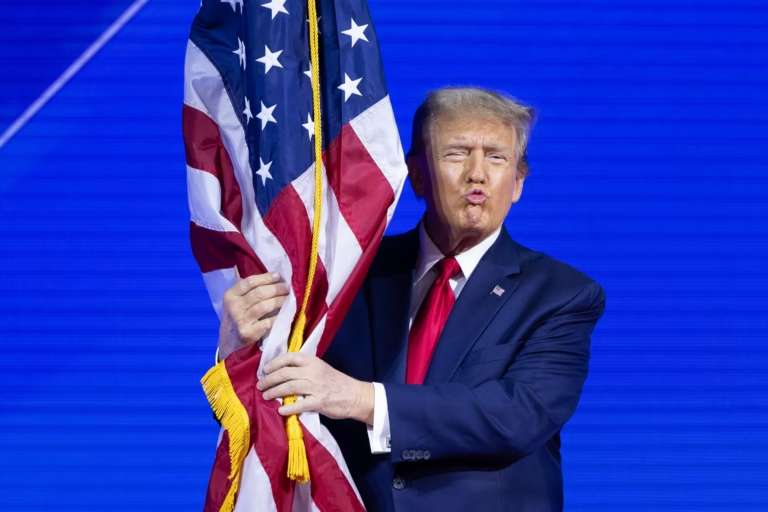In a significant escalation of trade tensions, President Donald Trump has announced the imposition of additional tariffs on Chinese imports, leading to a cumulative tariff rate exceeding 100%. This move has prompted strong reactions from Beijing and has had immediate repercussions on global markets.

On April 9, 2025, the United States began enforcing new tariffs on imports from approximately 90 countries. China has been subjected to the steepest increase, with a cumulative tariff rate reaching 104%. This includes a 10% baseline tariff and additional rates calculated based on trade deficits.
The White House Press Secretary, Karoline Leavitt, stated, “Countries like China, who have chosen to retaliate and try to double down on their mistreatment of American workers, are making a mistake.”
China’s Response
In response to the U.S. tariffs, China has vowed to “fight to the end” and has implemented retaliatory measures, including levies of up to 15% on a range of U.S. agricultural products. The Chinese Embassy in the U.S. reiterated Beijing’s stance, stating, “If war is what the U.S. wants, be it a tariff war, a trade war or any other type of war, we’re ready to fight till the end.”

Foreign Ministry spokesperson Lin Jian emphasized, “Exerting extreme pressure on China is the wrong target and the wrong calculation… If the U.S. has other intentions and insists on a tariff war, trade war or any other war, China will fight to the end.”
Impact on Global Markets
The escalation has led to significant volatility in global financial markets. The S&P 500 has experienced a notable decline, with a $5.8 trillion drop in value over recent days. Japan’s Nikkei 225 fell nearly 4%, while Taiwan’s Taiex plunged 5.8%, led by losses in major tech companies. European markets also saw declines, with Germany’s DAX, France’s CAC 40, and the UK’s FTSE 100 each losing around 2%.
Investors are expressing concerns about a potential recession, as manufacturers reconsider supply chains and consumers anticipate rising prices on goods such as electronics and footwear.
The imposition of these tariffs marks a significant shift in U.S. trade policy, with the administration declaring a “Declaration of Economic Independence.” President Trump has indicated openness to negotiating customized bilateral trade deals with countries seeking tariff relief but insists that current tariffs will remain until trade imbalances and unfair practices are addressed.
China’s firm stance suggests that the trade conflict may persist, with potential long-term implications for global trade dynamics and economic stability.


